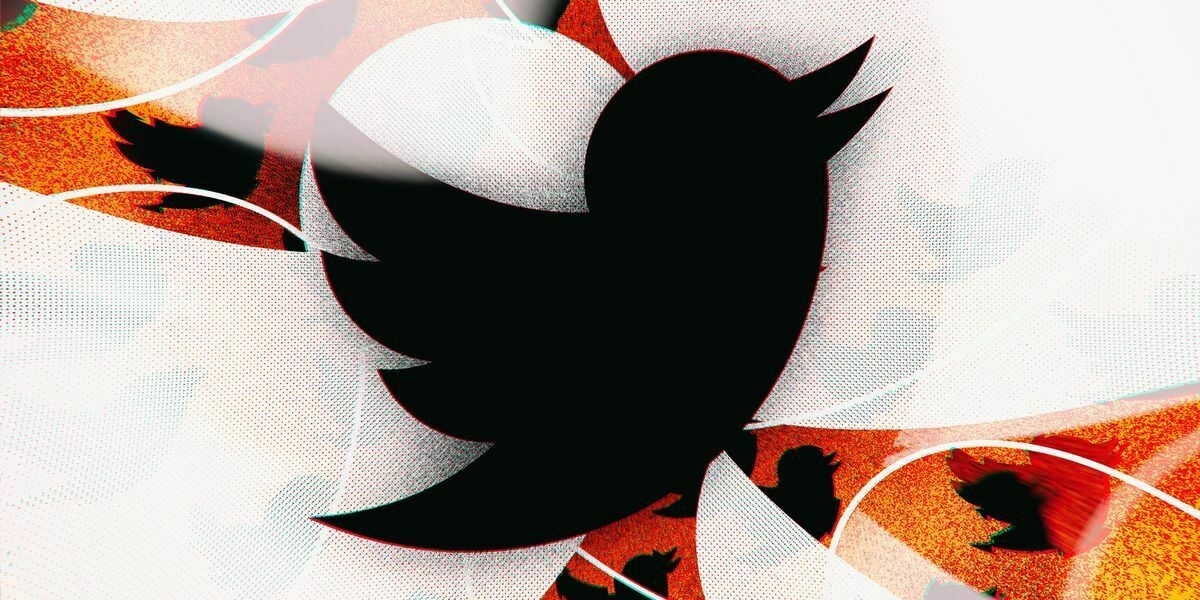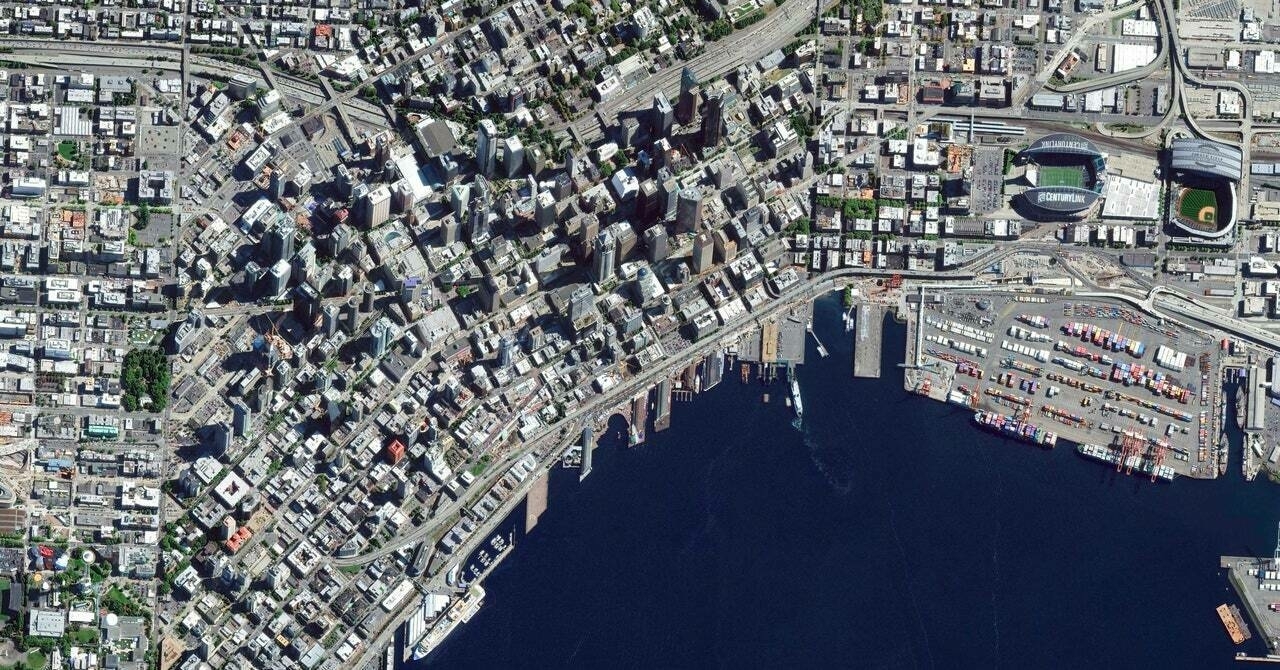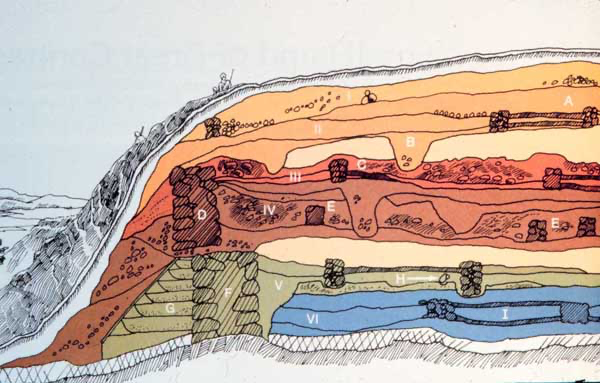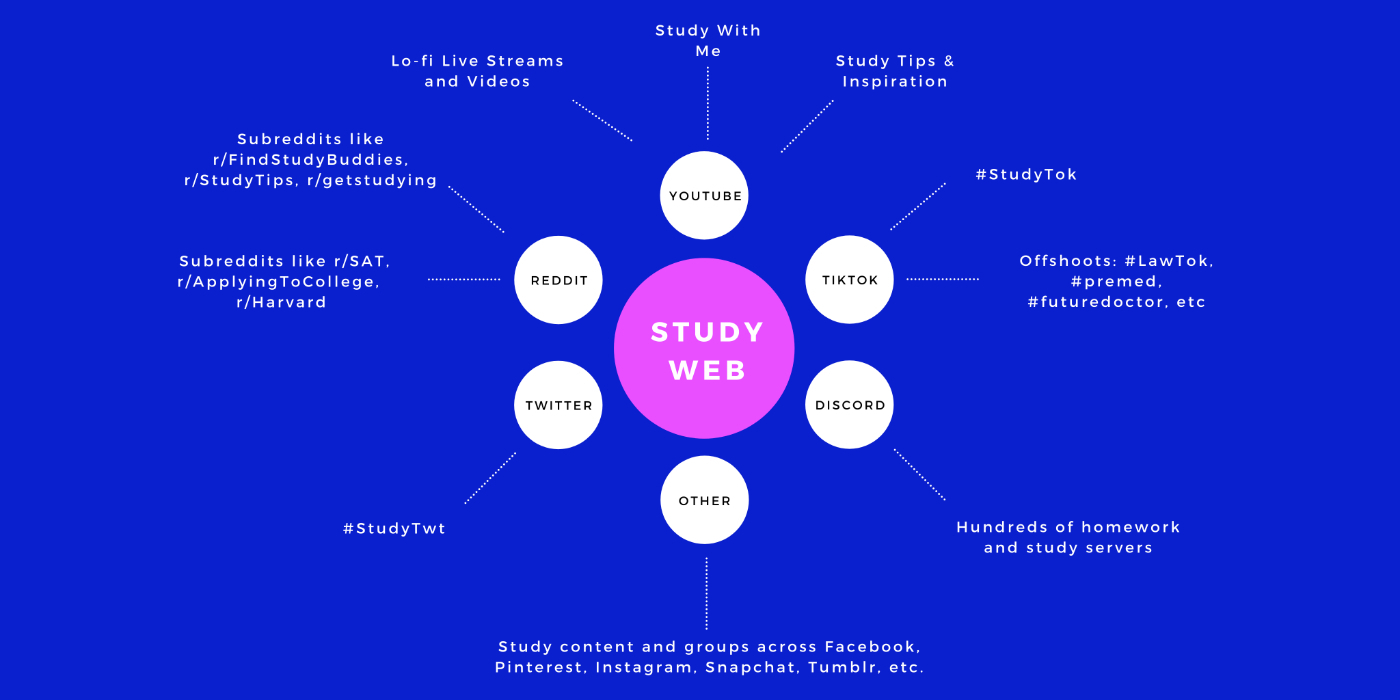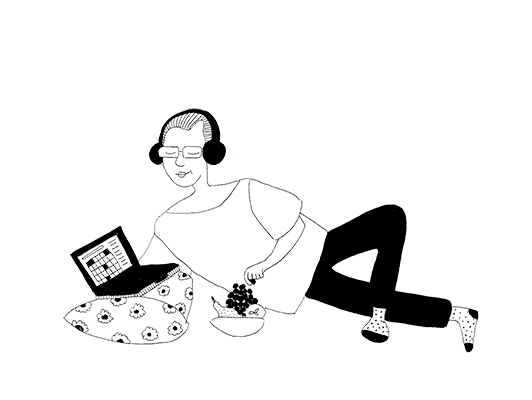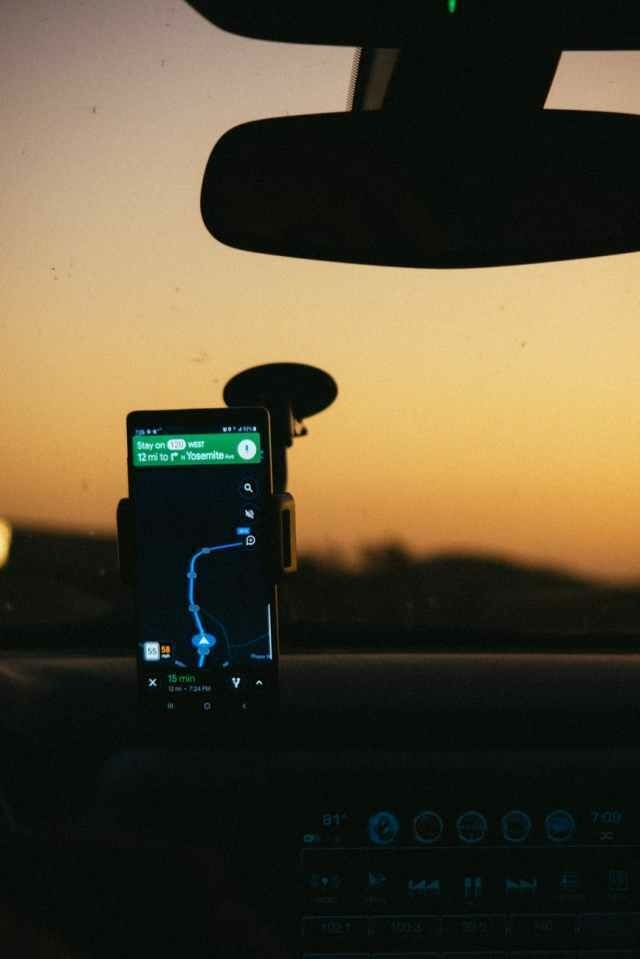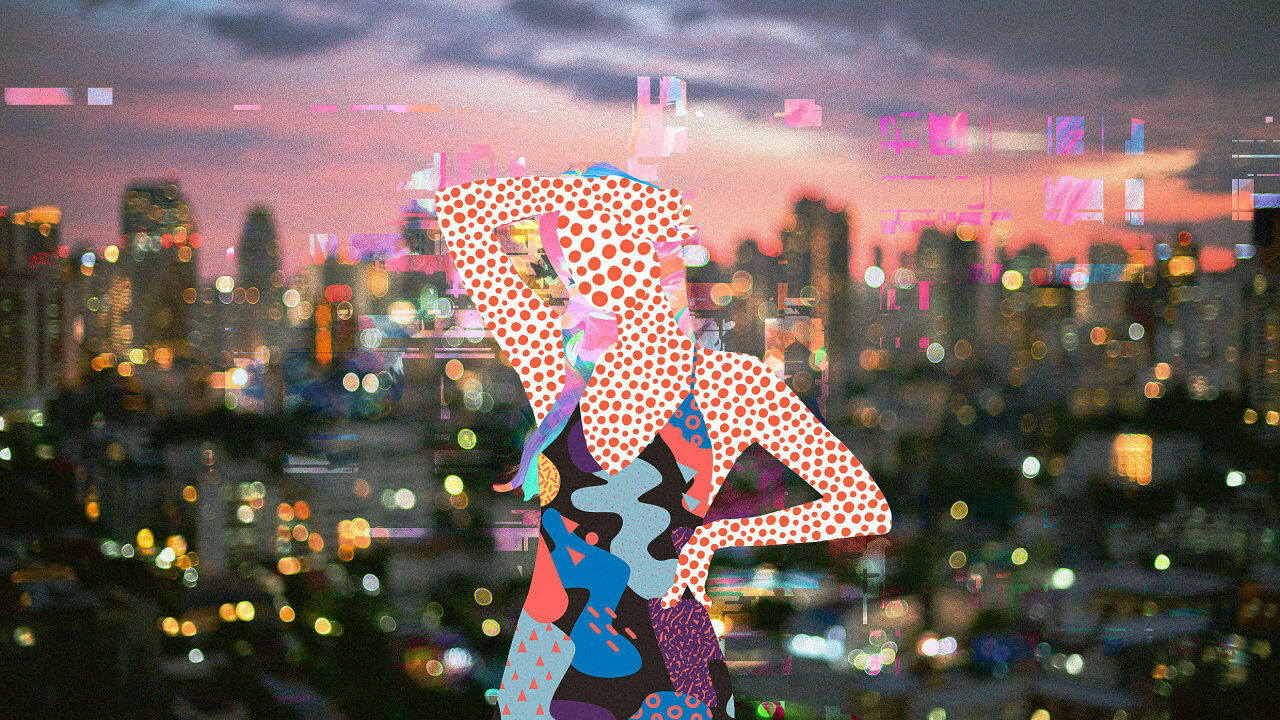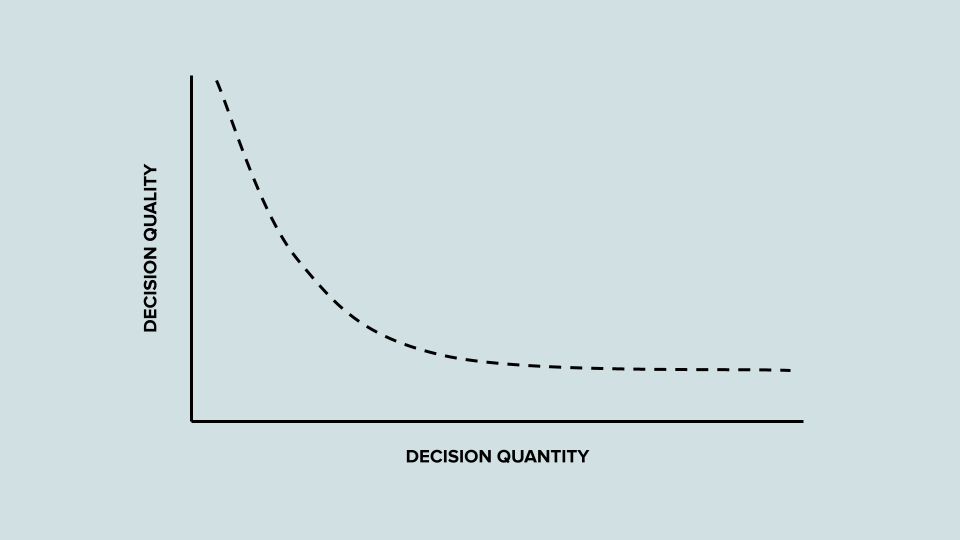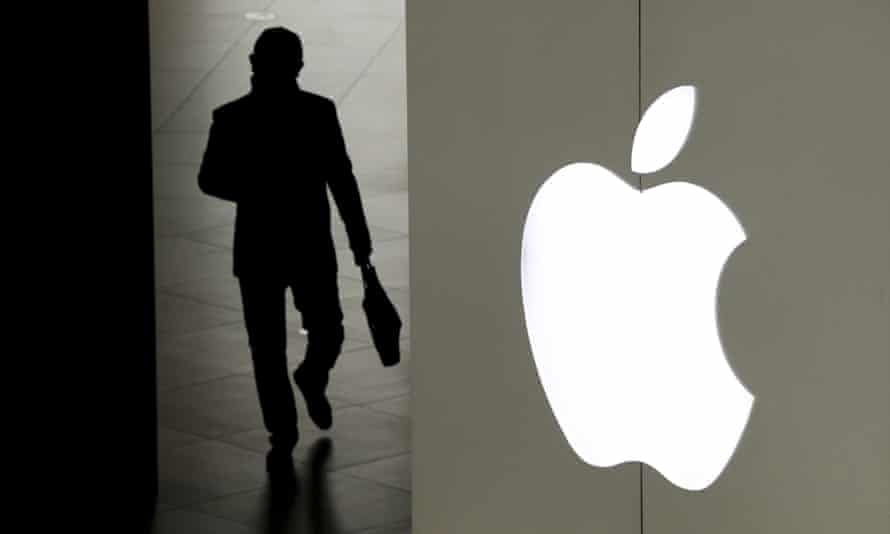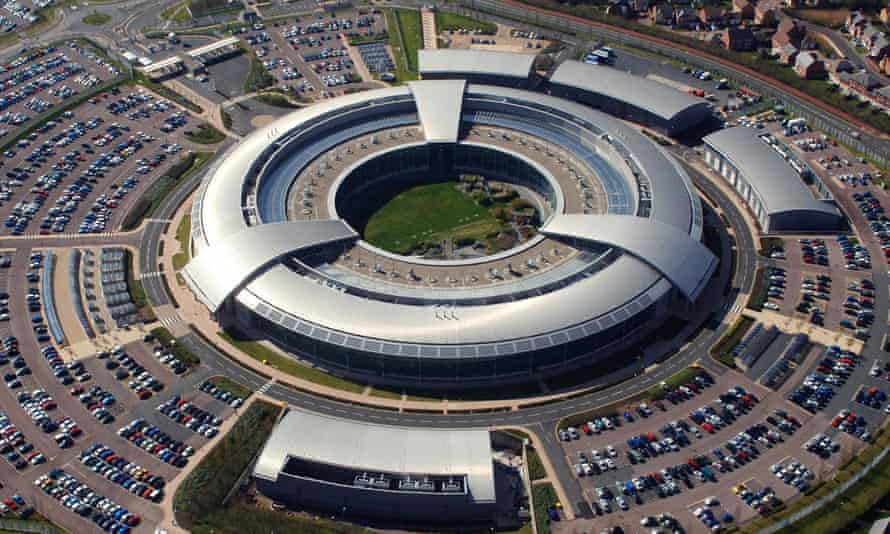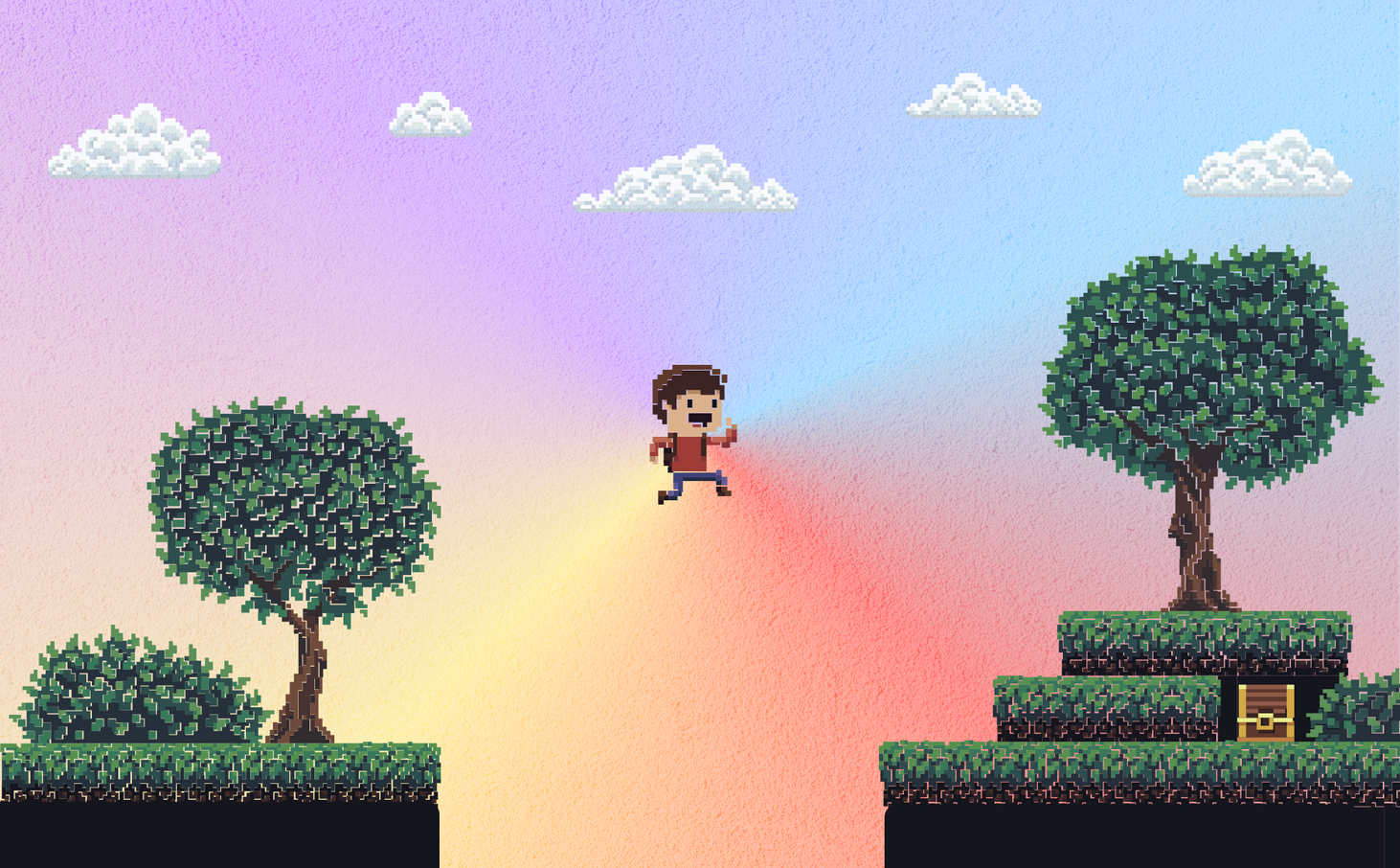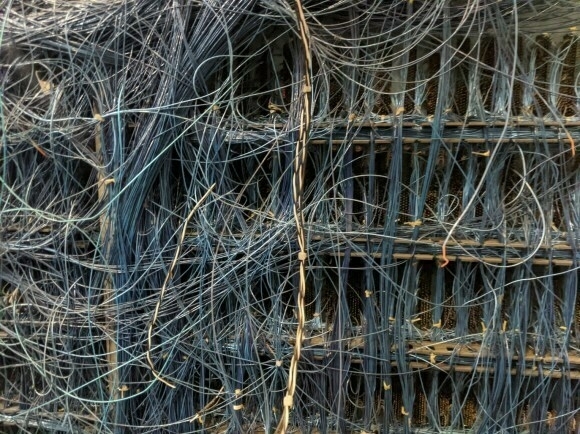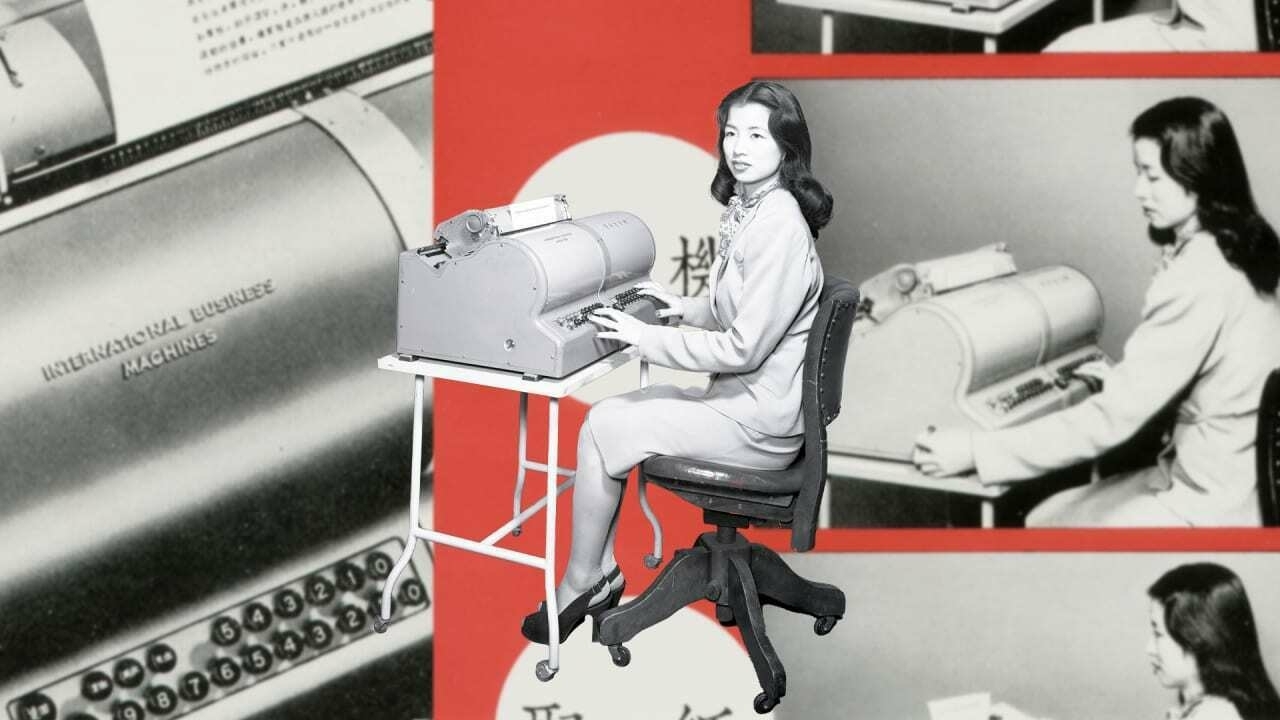2021
- Impaired ability to make trade-offs. Trade-offs feature several choices that have positive and negative elements. They are a particularly energy-consuming form of decision making. When we are faced with too many trade-offs to consider, we end up mentally depleted, and we make poor choices.
- Impulse purchases. When shopping, decisions regarding prices and promotions can produce decision fatigue, depleting our willpower to impulse purchases. This is why snacks are usually displayed near the cash register: by the time they get there, many shoppers have decision fatigue and may grab an item they hadn’t initially intended on buying.
- Decision avoidance. Sometimes, our mental energy is so depleted, we completely avoid making a choice. We may as well try to bypass the mental and emotional costs of decision making by selecting the default option when one is available.
Twitter reactions
Twitter jumped the shark a while ago for me and I spend most of my time on the Fediverse these days. It’s an angry space. However, the reason I’m sharing this article because of the last sentence (which I’ve made bold). Ouch.
Twitter could be adding some new emojis to augment its formerly star-shaped, currently heart-shaped Like button, according to app researcher Jane Manchun Wong. The assets Wong found — which have been reliable predictions of future features in the past — show “cheer,” “hmm,” “sad,” and “haha” emoji reactions, though some currently only have a placeholder emoji.Source: Twitter could be working on Facebook-style reactions - The VergeFacebook has had a similar set of reactions since 2016. But Wong’s leak shows that Twitter could be taking a slightly different path when it comes to which moods it wants users to express: while it has laughing and sad expressions in common with Facebook, Twitter may also include a makes-you-think and cheer option. Twitter doesn’t seem to have the “angry” expression that Facebook does, but that may be because anger on Twitter is already handled by the reply and quote tweet functions.
Deepfake maps
There’s plenty to be concerned about in the world at the moment, and this just adds to the party. At a time when most of navigate by following a blue dot around a smartphone screen, we’re susceptible to manipulation on a number of fronts.
In a paper published online last month, University of Washington professor Bo Zhao employed AI techniques similar to those used to create so-called deepfakes to alter satellite images of several cities. Zhao and colleagues swapped features between images of Seattle and Beijing to show buildings where there are none in Seattle and to remove structures and replace them with greenery in Beijing.Source: Deepfake Maps Could Really Mess With Your Sense of the World | WIREDZhao used an algorithm called CycleGAN to manipulate satellite photos. The algorithm, developed by researchers at UC Berkeley, has been widely used for all sorts of image trickery. It trains an artificial neural network to recognize the key characteristics of certain images, such as a style of painting or the features on a particular type of map. Another algorithm then helps refine the performance of the first by trying to detect when an image has been manipulated.
There's no such thing as a website or web app that doesn't need to be accessible
I feel like accessibility is where design used to be: something that’s ‘sprinkled’ on as an afterthought once an app has been created.
There’s no such thing as a website or web app that doesn’t need to be accessible. If you’re a web developer, accessibility is literally your job. If you ignore it, you’re just a hobbyist.Source: Accessibility is hard. It's also your job. | Go Make Things
Net Zero Democracy
Needlessly written in ‘academese’ but this article nevertheless makes an important point about the kind of societies we need to foster in order to get to ‘net zero’ carbon (and beyond). In other words, not just the kind of focus-group fuelled politics we’ve been used to for the last 25 years, but… something different.

One of the foundations of modern party political technopopulism was the UK’s New Labour party of the 1990s. Tony Blair’s populist credentials are often overlooked but it was clear from the outset when he made the radical assertion that “New Labour was the political wing of the people as a whole”. This statement was an early signal of his aim to go beyond a partisan class-based politics and draw the sting from the ideological struggles of left and right. It speaks to a holistic view of the society. The epistemic configuration New Labour sought most often to draw on was that of the pollsters. In the Blaire, Mandelson and Campbell coalition we see the emergence of focus group-based politics that though primitive by today’s standards is much closer to the Dominik Cummings model of technopopulism than the techne of either Macron or 5Star.Source: Net Zero Democracy - new tactical researchThe obvious predicament of the technopopulist paradigm is that for a variety of reasons very little of these offers contain any trace of the genuine cognitive empowerment we need to transform our polities into knowledge democracies? As leading scholar of deliberative democracy James Fishkin argued focus groups merely ask “..what we think when we don’t think..” That is why it is precisely in the field of experiments in deliberative participation through Citizens’ assemblies that we locate the possibilities transformation. When properly configured (as in the case of the recent climate assembly in France) they offer a far more powerful epistemic foundation.
Human and computer memory
There are some good points made in this article about ‘desktop’ operating systems but it’s a bit Mac-centric for my liking. I’m pretty sure, for example, the author would love ChromeOS or another Linux-based operating system.
One really interesting point is the difference between human memory and computer memory. In my own life and experience, I use the latter to augment the former by not even trying to remember anything that computers can store and retrieve more quickly. Kind of like Cory Doctorow’s Memex Method.
Maciej Cegłowski’s powerful “The Internet With A Human Face” highlights the cognitive dissonance between human memory (gradiated and complex and eventually faulty) and computer memory (binary: flawless or nonexistent). We should model fragment search and access after human memory, using access patterns and usage patterns as rich metadata to help the computer understand what is important and what is relevant. And what is related to what. That doesn’t mean auto-deleting documents after some period of time, but just as it’s a lot harder to Google something generic that happened a decade ago and garnered little attention since, it doesn’t need to be “easy” to find the untitled scratch spreadsheet we cooked up to check the car payment budget in 2013 (but we should be able to find it if we need to).Source: Why We Need to Rethink the Computer ‘Desktop’ as a Concept | by Ben Zotto | May, 2021 | OneZero
Professor goes to 'TikTok University'
This is a fun, yet slightly disturbing, look at mansion houses for influencers where people create TikTok videos. The author is a university professor, which makes his insights all the more interesting in terms of the contrast with where some of these young people would otherwise be - i.e. university.
For the past thirteen years, I’ve taught a course called Living in the Digital Age, which mobilizes the techniques of the humanities—critical thinking, moral contemplation, and information literacy—to interrogate the version of personhood that is being propagated by these social networks. Occasionally, there have been flashes of student insight that rivaled moments from Dead Poets Society—one time a student exclaimed, “Wait, so on social media, it’s almost like I’m the product”—but it increasingly feels like a Sisyphean task, given that I have them for three hours a week and the rest of the time they are marinating in the jacuzzi of personalized algorithms.Source: [Letter from Los Angeles] The Anxiety of Influencers, By Barrett Swanson | Harper's Magazine
Social studying
I see a lot of music on Spotify and plenty of YouTube video related to studying. I didn’t realise the rabbit hole went much deeper.
The Study Web is a constellation of digital spaces and online communities—across YouTube, TikTok, Reddit, Discord, and Twitter—largely built by students for students. Videos under the #StudyTok hashtag have been viewed over half a billion times. One Discord server, Study Together, has over 120 thousand members. Study Web extends far past study groups composed of classmates, institution specific associations, or poorly designed retro forums discussing entrance requirements for professional programs. It includes but transcends Studyblrs on Tumblr that emerged in 2014 and eclipses various Reddit and Facebook study groups or inspirational images shared across Pinterest and Instagram. Populated mostly by Gen Z and the youngest of millennials, Study Web is the internet most of us don’t see, and it’s become a lifeline for students from junior high to college.Source: Caught in the Study Web - Cybernaut - Every
Improving VO2max through blood protein analysis
My wife and I have recently bought new smartwatches (me: Garmin Venu 2, her: Fitbit Versa 3) and the things they tell us really makes a difference to how we exercise. What’s reported here looks like next level even to the detailed stats we’ve got already.
The team identified a set of 147 proteins that could indicate a person's VO2max, a marker of cardiorespiratory fitness, before the exercise program, and then a set of 102 proteins that could indicate the change in VO2max after it had been completed. Some of these proteins were also found to be linked to a higher risk of early death, highlighting a connection between cardiorespiratory fitness and long-term health.Source: Blood protein score might predict which exercise will benefit you most | New Atlas“We identified proteins that emanate from bone, muscle, and blood vessels that are strongly related to cardiorespiratory fitness and had never been previously associated with exercise training responses,” says Gerszten.
Based in these revelations, the scientists developed what they call a protein score, which could be used to predict how much a person’s VO2max would change as a result of the exercise. Baseline levels of certain proteins were able to predict who would respond to the exercise with more reliability than established patient factors, according to the scientists, and also predicted which subjects would be unable to significantly improve their VO2max even after a sharp uptake in physical activity.
3 ways to live a happier life
Useful reminders in this article from Arthur C. Brooks for The Atlantic that neophilia (openness to new experiences) is key to improving our happiness.
Source: The Happiness Benefits of Trying New Things - The AtlanticFirst, regularly interrogate your tastes, and run experiments. One common misconception is that our preferences are set in stone and there’s no use trying to change them—especially as we age and become grumpier about new things. The data don’t support this assumption. Indeed, some studies show that older workers are more open than their younger colleagues to changes in their job responsibilities. Meanwhile, our senses of taste and smell tend to dull as we age, making us more or less attracted to certain foods.
[...]Second, make a point of choosing curiosity over comfort. Write up a list of new experiences and ideas you’ve yet to try, and explore one per week. They don’t have to be big things. Perhaps you never read fiction, not because you don’t like to but because you are more accustomed to biographies; pick up a novel. If you usually watch an old favorite movie instead of something new, or choose the same vacation spot every year, be sure to branch out.
Third, avoid the trap of newness for its own sake. If you’re pretty neophilic, you might already be taking the suggestions above, and reaping the rewards. But you might also be prone to restlessness and instability, and look to material novelty for a quick fix. In this case, try resetting your satisfaction with a “consumption fast”: Don’t buy anything inessential for two months. Your focus will likely migrate from online shopping to more satisfying pursuits.
Maplessness
The academic paper that this blog post by Katie Carr is based on is also well worth a read - particularly around countering the e-s-c-a-p-e ideology (entitlement, surety, control, autonomy, progress, and exceptionalism).
Maps can be a useful tool, but are neither true to the complexity of any landscape, nor free from assumptions about how to engage with a landscape. They can create an illusion of safety through the sense of being in ‘chartered territory’. They condition us to take notice of certain features and ignore others. Road, footpaths, streams and boundaries are included, but not the smells, sounds, and emotional responses to a landscape. They focus on unchanging landscape features, not the seasonal migration of birds, changing colours, or the life and death that inhabits every place. Although a map is never the territory, and a model not the reality, the implicit suggestion of both maps and models is that to map is to measure and name in order to know, and that to know is to control. The trend towards ever greater mapping and detailed measuring of our infinitely complex and changing world reflects the aim, since the Enlightenment, to attain a sense of safety through protecting ourselves from the mysterious. And the history of cartography is insidiously entangled with colonialism and global injustice. The mapping impulse is therefore an expression of what the DA initiator Jem Bendell has called the ideology of e-s-c-a-p-e. Likewise, the emphasis on carrying out ever more detailed research and analysis as a response to growing evidence of the catastrophe unfolding around us can be seen as a habit – even an addiction – for coping with feelings of extreme vulnerability.Source: The urgent need to slow down: ‘maplessness’ for responding to collapse – Professor Jem Bendell
Digital fashion is another example of a nascent industry beset with inequalities
As the conclusion to this article states, if digital fashion industry doesn’t differentiate itself from IRL fashion now, it’s storing up problems for the future.
If one of the main arguments in support of digital fashion is its ability to serve the marginalized, what happens when its development is in the hands of those with overwhelmingly socio-economically privileged backgrounds? The Institute of Digital Fashion (IoDF), a digital fashion studio and retailer, weighed in on why these issues are major obstacles to the healthy advancement of the industry in an online interview. “The industry’s biggest challenges are the current traps of the IRL fashion industry. In brief, if we mirror these, we are lost!” its founders state. Recognizing these issues, founders Cattytay and Leanne Elliott Young are taking steps to help it develop on a socially conscious path.Source: Everyone from Gucci to Louis Vuitton is betting on digital fashion. Here’s why they should proceed with caution | Fast Company
The impact of decision fatigue
I remember reading that Barack Obama only had two colours of suits while President of the USA, because making lots of small decisions inhibited his ability to make larger/more important ones.
Decision fatigue impacts our ability to choose between several options, causes us to make impulse purchases, and can even lead us to avoid decisions entirely:Source: Decision fatigue: how a burden of choices leads to irrational trade-offsInterestingly, poorer people are more prone to decision fatigue. “If a trip to the supermarket induces more decision fatigue in the poor than in the rich — because each purchase requires more mental trade-offs — by the time they reach the cash register, they’ll have less willpower left to resist the Mars bars and Skittles. Not for nothing are these items called impulse purchases,” explains Dean Spears from Princeton University.
Wherefore art thou, privacy?
As John Naughton points out, if Apple are the only Big Tech company truly interested in preserving our privacy, we should be worried.
So here’s where we are: an online system has been running wild for years, generating billions in profits for its participants. We have evidence of its illegitimacy and a powerful law on the statute book that in principle could bring it under control, but which we appear unable to enforce. And the only body that has, to date, been able to exert real control over the aforementioned racket is… a giant private company that itself is subject to serious concerns about its monopolistic behaviour. And the question for today: where is democracy in all this? You only have to ask to know the answer.Source: If Apple is the only organisation capable of defending our privacy, it really is time to worry | John Naughton | The Guardian
Badges everywhere!
As I predicted, 2021 is the year when Open Badges and digital credentials go mainstream. It’s unsurprising that ‘open’ isn’t front-and-centre in this Blackboard press release, but it’s still a win that this kind of thing is becoming normalised.
"We're excited to collaborate with Blackboard to integrate Badgr's stackable digital credentialing technology into Blackboard Learn," said Wayne Skipper, Founder of Concentric Sky. "Verifiable, skill-aligned micro-credentials are fast becoming the currency by which learners and employers improve the connections between learning outcomes and employment opportunities."Badgr Spaces, first available in Blackboard Learn, enables learners to earn personalized digital credentials and instructors to align course objectives and learning pathways with digital badges. Badgr Spaces empowers every member of a learning community with insight, direction and recognition on their personalized learning path.Source: Blackboard and Concentric Sky Partner to Make Badgr Micro-credentials and Stackable Pathways Available to More Learners
GCHQ violates our privacy
Hardly surprising, but it’s important people are still pushing on this eight years(!) after the Snowden revelations. It’s incredible to me how The Guardian and other outlets can reveal this kind of thing along with the financial corruption set out in the Panama Papers and so little changes as a result.
In Tuesday’s ruling, which confirmed elements of a lower court’s 2018 judgment, the judges said they had identified three “fundamental deficiencies” in the regime. They were that bulk interception had been authorised by the secretary of state, and not by a body independent of the executive; that categories of search terms defining the kinds of communications that would become liable for examination had not been included in the application for a warrant; and that search terms linked to an individual (that is to say specific identifiers such as an email address) had not been subject to prior internal authorisation.Source: GCHQ’s mass data interception violated right to privacy, court rules | GCHQ | The Guardian
Rat Race 2.0
An insightful post which considers the ways in which current working generations can’t “quit the rat race” in the way previous generations could (or could aspire to doing). You’re either plugged into the network, or you die.
The internet matching machine is fuelled by content. The more of it you produce, the more likely you are to reach the people who'd value what you have to offer. Writing a tweet or uploading a video costs nothing. It might be embarrassing or a waste of time, but that’s about it. In that sense, the downside of playing the game is indeed limited.Source: No Floor, No CeilingBut focusing on the risks within the game obscures a much bigger problem: The game is no longer optional. Everyone must play. We have little to lose because we already lost everything: Stable jobs, affordable homes, education that lasts a lifetime, and worry-free retirement are no longer an option. Even money itself ain’t what it used to be. It loses value by simply sitting in the bank.
This is partly a result of various policy failures. But ultimately, it is due to our current stage of technological development. Information moves around and knowledge becomes obsolete faster than ever. Geographical constraints no longer protect the average from the best.
We are all in one giant global arena. We can win world-scale prizes. But we have to play. And even when we win, the rewards tend to be fleeting: they can sustain us for a while, but at any moment, the algorithms might change, or another clever fellow can whisk our followers-customers away. We are as anxious in victory as we are in defeat, and our winnings can only be used to continue to play.
Volcano-powered electricity
Having visited Iceland in December 2019, just before the pandemic hit, I’ve seen these geothermal plants scattered around the landscape. In addition, there are places where fruit and vegetables are grown right over geothermal vents. Awesome.
The Icelandic Deep Drilling Project, IDDP, has been drilling shafts up to 5km deep in an attempt to harness the heat in the volcanic bedrock far below the surface of Iceland.But in 2009 their borehole at Krafla, northeast Iceland, reached only 2,100m deep before unexpectedly striking a pocket of magma intruding into the Earth’s upper crust from below, at searing temperatures of 900-1000°C.This borehole, IDDP-1, was the first in a series of wells drilled by the IDDP in Iceland looking for usable geothermal resources. The special report in this month’s Geothermics journal details the engineering feats and scientific results that came from the decision not to the plug the hole with concrete, as in a previous case in Hawaii in 2007, but instead attempt to harness the incredible geothermal heat.Source: Drilling surprise opens door to volcano-powered electricity
A web-based commonplace book
It’s always great to hear Cory read his own work as he’s such an engaging speaker. This is a particularly interesting example, however, as it meshes so well with my experience of writing in the open for the last 15+ years.
This week on my podcast, my inaugural column for Medium, The Memex Method, a reflection on 20 years of blogging, and how it has affected my writing.Source: The Memex Method | Cory Doctorow's craphound.com
Mastering a 5,400-character typewriter
I can’t even imagine how difficult this must have been to type on!
The IBM Chinese typewriter was a formidable machine—not something just anyone could handle with the aplomb of the young typist in the film. On the keyboard affixed to the hulking, gunmetal gray chassis, 36 keys were divided into four banks: 0 through 5; 0 through 9; 0 through 9; and 0 through 9. With just these 36 keys, the machine was capable of producing up to 5,400 Chinese characters in all, wielding a language that was infinitely more difficult to mechanize than English or other Western writing systems.Source: How Lois Lew mastered IBM’s 1940s Chinese typewriterTo type a Chinese character, one depressed a total of 4 keys—one from each bank—more or less simultaneously, compared by one observer to playing a chord on the piano. Just as the film explained, “if you want to type word number 4862 you would press 4-8-6-2 and the machine would type the right character.”
Each four-digit code corresponded with a character etched on a revolving drum inside the typewriter. Spinning continuously at a speed of 60 revolutions per minute, or once per second, the drum measured 7 inches in diameter, and 11 inches in length. Its surface was etched with 5,400 Chinese characters, letters of the English alphabet, punctuation marks, numerals, and a handful of other symbols.
